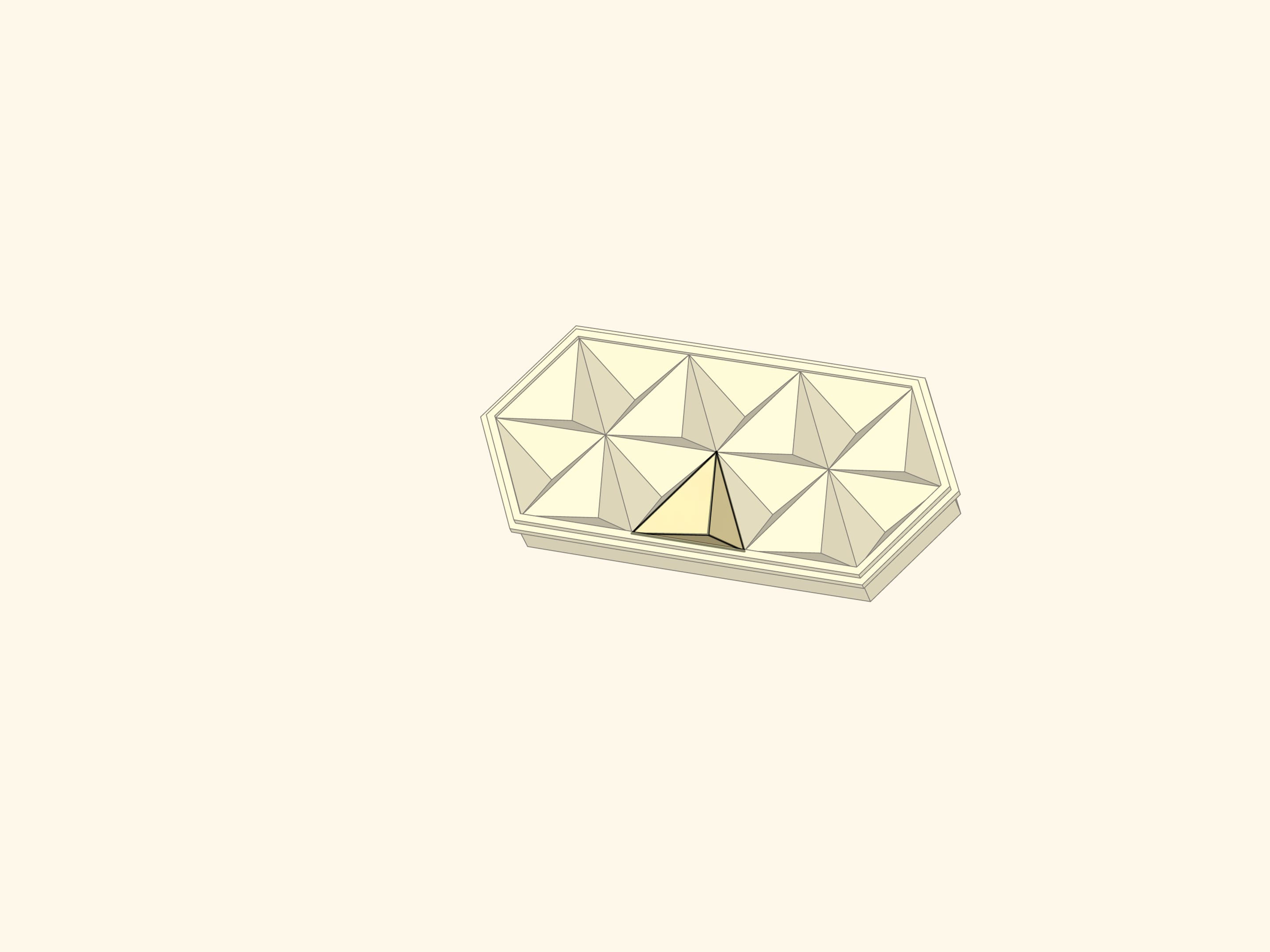


We used radar imagery provided by the COSMO-SkyMed constellation and carried out a validation of the derived time-series data with differential GPS data. Our study focuses on the Corvara landslides in the Italian Alps, a complex earthflow with spatially varying displacement patterns. Multi-temporal interferometry can assist in monitoring landslides on the regional and slope scale and thereby assist in assessing related hazards and risks. Radar interferometry methods with their ability to record movements in the order of millimeters have been more frequently applied in recent years. Also an equation has been derived to calibrate various beam modes of RISAT-1 SAR data using the derived calibration constant.įrom the wide range of methods available to landslide researchers and practitioners for monitoring ground displacements, remote sensing techniques have increased in popularity. This paper uses integral box method as an approach to derive calibration constant of RISAT-1 SAR data. Impulse response function is generated from deployed standard targets which initiates the process to derive calibration constant. Using standard targets is the most efficient way to perform radiometric calibration of SAR data. By using this calibration constant digital numbers are converted to backscattering coefficient. Radiometric calibration procedure of SAR data provides a reference mechanism to SAR amplitude data and calibration constant is the key to get a radiometric calibrated SAR image. Calibration provides a solution to above problems. Also each SAR sensors’ transmit power levels may vary which results in different received power for same illuminated area from different sensors (keeping all system and target properties same). This fluctuation amount varies from sensor to sensor. Also even putting the best efforts in precaution and post-caution of SAR sensor design, development and satellite launch once the sensor is in orbit its resulting data will fluctuate from laboratory tests. Just like any other mechanical instrument SAR sensors also add its own noise to the received signals. The derived IRF were used to calculate calibration constant for each of the reflector. For FRS-1 mode total 42 (forty two) triangular trihedral corner reflectors were deployed during 2012 – 2014 for 19 (nineteen) dates.11 (eleven) beams for RH-RV, 4 (four)beams for HH and 1 (one) beam for VV polarisation RISAT -1 data was acquired.For MRS mode during 2013 – 2014 for (six) dates, a total of 14 (fourteen) reflectors were deployed for 1 (one) beam 87-97.These deployed corner reflectors were then located on SAR image and impulse response function for reflectors were derived using box integral method. In this experiment, triangular trihedral corner reflectors were used as standard point targets and deployed prior to satellite overpass with precise azimuth and elevation angles in various selected research sites in India. An experiment for absolute radiometric calibration of 13 (thirteen) beams of RISAT-1 FRS-1 mode data and 1 (one) beam of RISAT-1 MRS mode data has been carried out using standard point targets. With radiometric calibration digital numbers of SAR data are converted to backscattering coefficients which can be compared with backscattering coefficients of other SAR sensors. Calibration procedure provides a reference mechanism to SAR DN values. Prior to radiometric calibration of any SAR data, no comparison can be made with any other data. V.S.W.R. Better than 1.It’s been more than two years since the launch of RISAT-1, India’s first indigenous satellite SAR mission. short: Optional etch prime and powder coating in colours of choice The antenna consists of a half wave dipole driven element with a closely spaced grid reflector and is manufactured to a high degree of Telecommunications specifications.
Corner reflector series#
series antenna has been designed to meet the requirements of a high gain antenna with front to back ratio better than 25 dB's.

Phasing / Splitters / Combiners / Filters / Dummy loads.


 0 kommentar(er)
0 kommentar(er)
